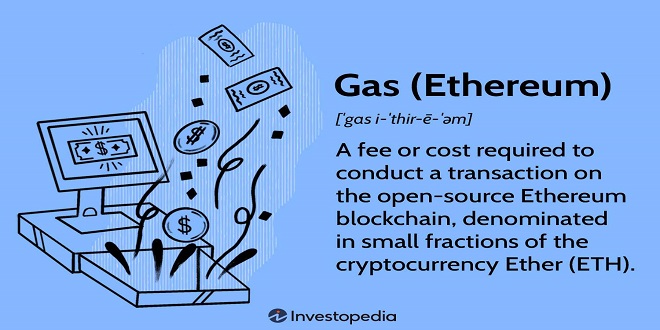Gas fees play a vital role in Ethereum transactions, serving as the mechanism for processing and validating transactions on the network. In this article, we will delve into the factors that influence them, explain the components of gas fees, and provide insights into gas fee optimization techniques. If you are starting on crypto trading, Visit the site to know more!
Factors Influencing Gas Fees
Gas fees in Ethereum transactions are influenced by several factors that can cause fluctuations in the cost of gas. One of the primary factors is network congestion. When the Ethereum network experiences high demand, such as during periods of heavy transaction volume or popular decentralized applications (dApps), gas fees tend to increase due to increased competition among users to have their transactions processed quickly. Conversely, during off-peak times, when the network is less congested, gas fees tend to be lower.
The complexity of the transaction also plays a role in determining gas fees. Each operation or smart contract interaction within a transaction requires a certain amount of gas. Complex transactions with multiple operations or extensive smart contract interactions consume more gas and, therefore, have higher gas fees. It’s essential for users to consider the complexity of their transactions and factor it into their gas fee estimation.
Gas Fee Components Explained
The base fee is a component introduced in Ethereum’s London hard fork upgrade. It represents the minimum amount of gas fees required to be included in a block. The base fee is dynamic and adjusts based on network congestion. During periods of high demand, the base fee increases, while during periods of low demand, it decreases. The base fee aims to make gas fees more predictable and reduce the influence of miners’ ability to manipulate fees.
The tip, also known as the miner’s tip or priority fee, is an optional additional amount of Ether that users can include in their transactions to incentivize miners to prioritize their transactions. Miners are more likely to include transactions with higher tips, as they receive these tips as additional rewards on top of the base fee. Including a higher tip can help users ensure faster transaction processing during times of network congestion.
By understanding the components of gas fees and how they contribute to the total cost, users can make informed decisions about their gas price and gas limit to optimize their transaction costs while ensuring timely processing.
The base fee acts as the foundation of gas fees, providing a standardized minimum cost for transactions. It ensures that every transaction has a baseline fee, regardless of the gas price set by the user. This component helps establish fairness and stability in the Ethereum network by reducing the ability of miners to manipulate fees for their own benefit.
On top of the base fee, users have the option to include a tip to incentivize miners to prioritize their transactions. The tip is an additional amount of Ether offered by the user as a reward for miners. Miners, who have the authority to include transactions in blocks, are more likely to prioritize transactions with higher tips, as they increase their potential earnings. B
It’s important to note that the base fee and the tip are separate components and serve different purposes in determining the total gas fees. The base fee is mandatory and ensures the inclusion of a transaction in a block, while the tip is optional and provides an additional incentive for miners to prioritize the transaction.
When calculating gas fees, users need to consider both the base fee and the tip. The total gas fees for a transaction are determined by adding the base fee and the tip together. The gas price, which represents the user’s willingness to pay per unit of gas, is multiplied by the gas limit, which defines the maximum amount of gas to be consumed by the transaction, to calculate the base fee. The tip is then added to the base fee to arrive at the total gas fees.
Conclusion
Gas fees are a fundamental aspect of Ethereum transactions, ensuring the secure and efficient operation of the network. By understanding the components of gas fees, including the base fee and tip, users can make informed decisions to optimize their transaction costs while ensuring timely processing. Factors such as network congestion and transaction complexity influence gas fees, requiring users to stay informed and employ gas fee optimization techniques.
 Isaiminia World Breaking News & Top Stories
Isaiminia World Breaking News & Top Stories




